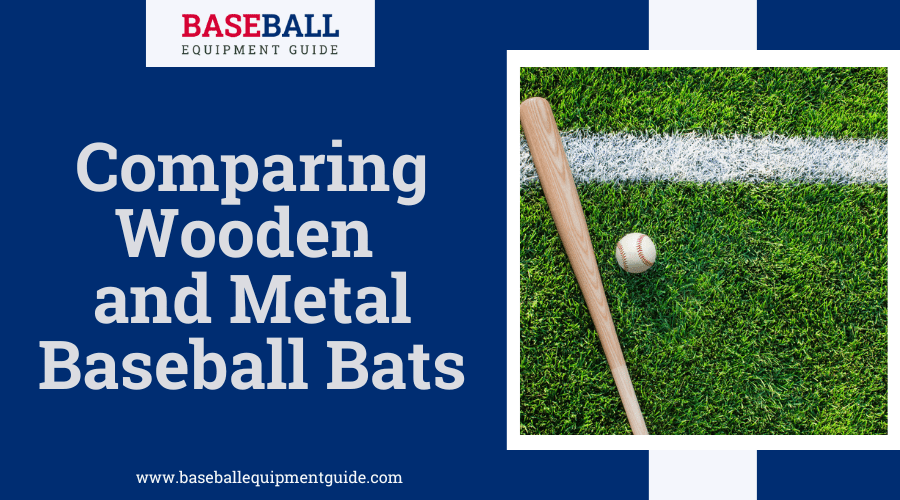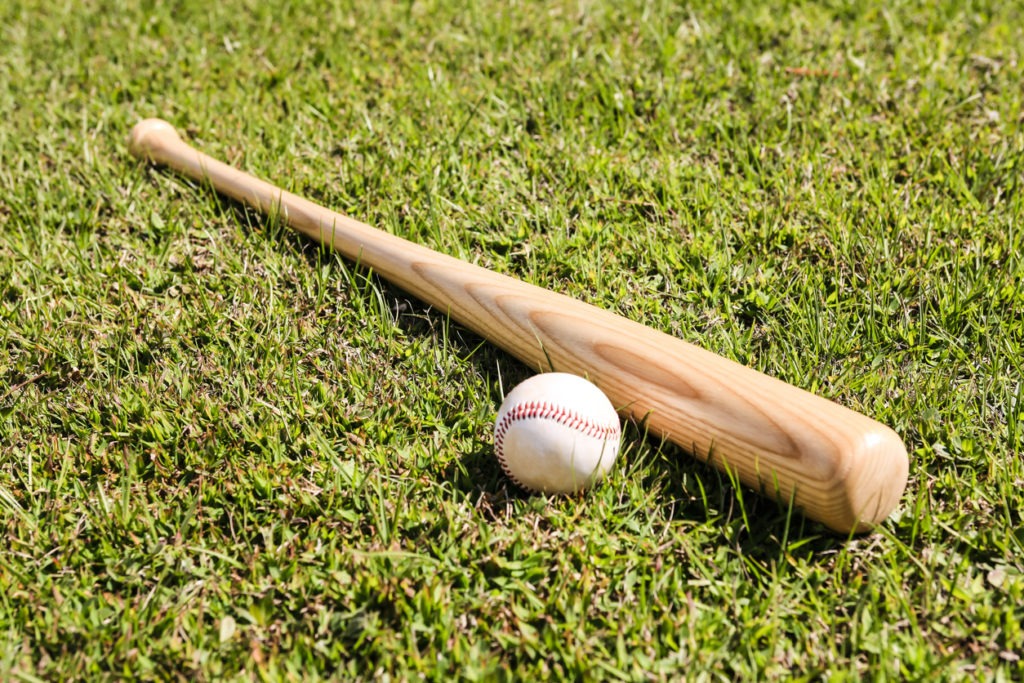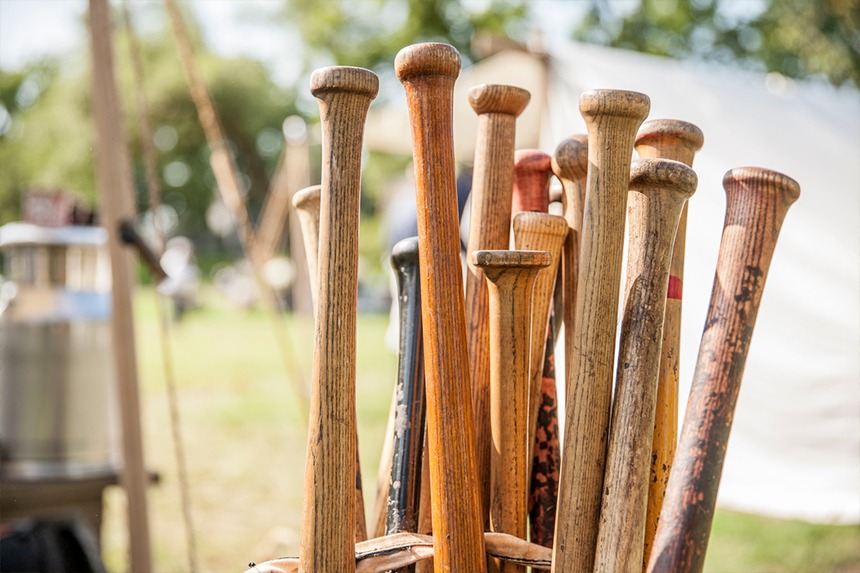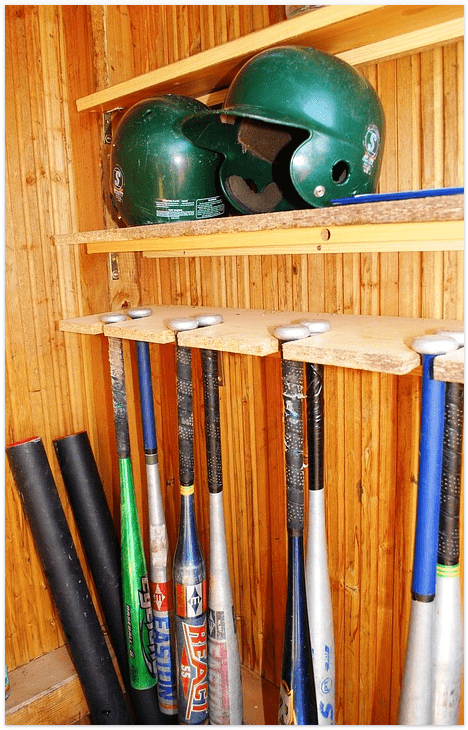Many baseball fans love the crack of the wooden baseball bat as one of their favorite sounds, others like the distinctive “ping” of the aluminum bat. Everyone who follows Major League Baseball knows that its players use wooden bats. On the other hand, youth, amateur, and college baseball players use aluminum bats.
From the outside, a baseball bat may look simple and nothing out of the ordinary. But there’s actually a lot more going on behind the scenes. Baseball bats are made under strict regulations and should conform to international standards. The most common types of baseball bats are wooden and metal. You should be aware of the differences if you plan to purchase one.
A short history of baseball bats
Baseball bats have become more refined over the decades. In the mid-19th century, batters were known to carve or shape bats using their hands, allowing them to create various kinds of bats varying in size, weight, and shape. For instance, there were short bats, round bats, and fat bats. The earlier bats used to be heavier and larger than the bats you see today. In that same period, they went through several baseball experimentations that led to the uniform and refined design we see today.
Materials and manufacturing that go into making wooden bats
Both wood and metal alloy (typically aluminum) are the most common manufacturing materials used in baseball bats. Although most wooden bats are made from ash, several other types, such as hickory, maple, and even bamboo (which is neither wood nor metal), are also used.
However, the use of hickory has fallen over the years due to its greater weight resulting in slowing down the bat speed. On the other hand, maple wood has gained steady popularity. Baseball bats made from maple wood gained fame, particularly at the first major league’s introduction in 1997. Joe Carter was the first player to use the bat, followed by Barry Bonds, who broke baseball’s single-season home run record in 2001. In 2007, Bonds broke the career home record as well (although with much controversy due to steroids).
In 2010, maple bats were experiencing a lot of complaints due to their tendency to shatter, prompting Major League Baseball to examine their decision and use about banning specific models in minor leagues. When it comes to manufacturing baseball bats, the manufacturers paste the label on technically the weakest area of the wood.
Moreover, the bat is designed so that the label either faces the ground or the sky while reducing fracture chances and, perhaps, delivering more energy to the ball during a horizontal swing. This way, the chances of a bat breaking are comparatively less and stiffer.
Additionally, bats made of wood will shatter differently. For instance, bats made of ash will have labels placed where the grain spacing tends to be the widest. For maple bats, the labels will be positioned where the grain is the tightest.
Furthermore, maple bats were known to shatter in a way that could result in many sharp edges. As a result, the probability of the players getting injured was high. This led Major League Baseball to work with maple bat manufacturers to develop a more refined solution. The process gave birth to an ink spot test confirming the safest wood grain orientation.
Various reports from sporting goods stores said that maple bats were replacing ash as the most popular baseball bats in the United States. However, bamboo also gained pace since it featured greater strength, more isotropic fine grain, and comparatively less weight than the other baseball bats.
Today, players can set up their own bat profiles depending on league standards. Back in the day, precise calibration points were used along with hand-turning the bats from a template. Today, manufacturers utilize a fixed metal plate by using machine-turning. Historically, significant templates would be kept in a vault. This trend has also become popular.
Advantages of wooden baseball bats
- Better balance – As long as it’s made well, a wooden baseball bat gives a better balance than a metal baseball bat. Its balance provides a steadier, more stable, and more controlled swing and drives the bat through the ball.
- Greater natural power – In addition to stability and control, the unique combination of wooden bats offers a balance of density and pop that cannot be matched with metal bats. If a player were to strike well with a wooden bat, the hit would go faster and farther than a hit made by a metal baseball bat.
- More muscle power – Since wooden baseball bats are heavier than metal baseball bats, swinging the former will help build your muscles, thus giving you even more power.
- Increased barrel awareness – In baseball language, the term “sweet spot” refers to a general place where the player wants the ball to hit to maximize its traveling distance. A given swing will result in a more powerful hit if the ball strikes the bat on its sweet spot.
Advantages of metal baseball bats
- Larger sweet spot – Some experts suggest that metal baseball bats are somewhat of a cheat as they offer an enlarged sweet spot. If you happen to have a bigger sweet spot, you tend to have a larger optimal area to hit the ball with, resulting in big but not quality hits.
- Can withstand hits better and farther – Metal bats can withstand hits farther down the barrel than wooden bats. In the case of wooden bats, they would shatter or fracture. But if you use a metal bat, such hits will hardly affect it.
Conclusion
There was a time when wood and metal bats were not as refined. Today, wooden baseball bats are designed to perform like more metal bats. Depending on the leagues and players, some might play with wooden bats while others with alloy. All the hype and success around alloy metal bats will surely make them even more popular in the long run.





